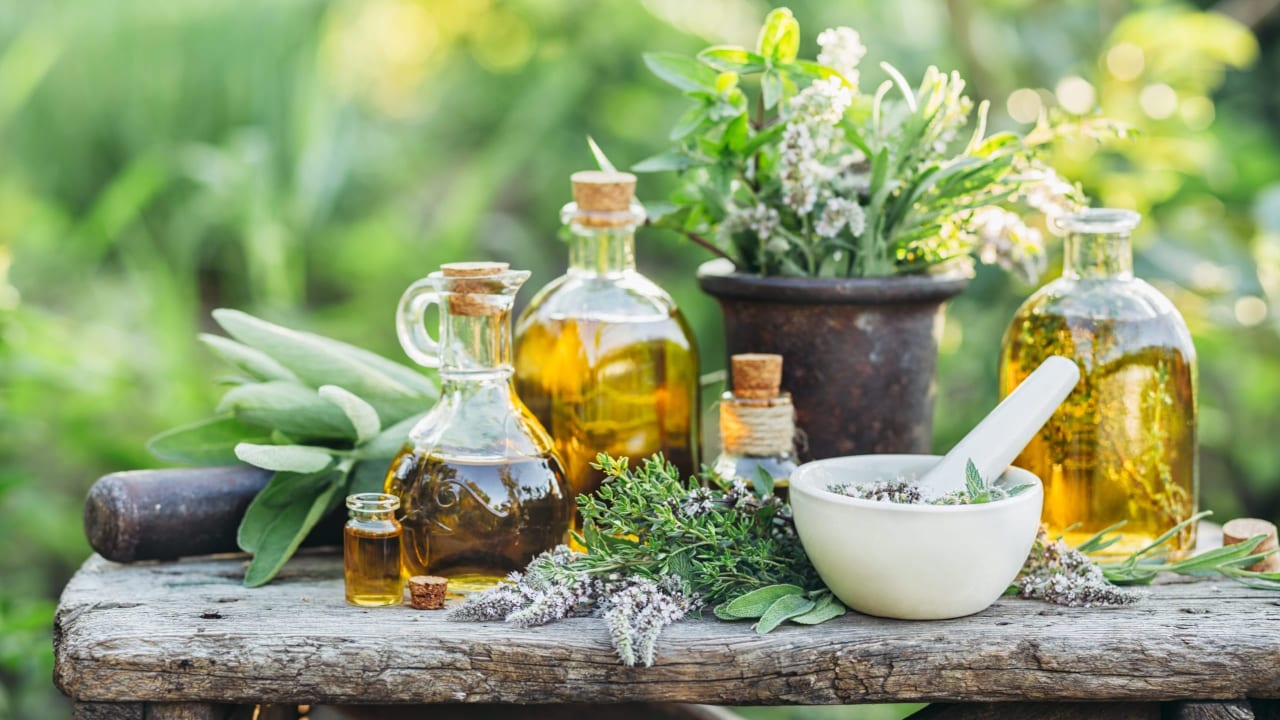We bring news that matters to your inbox, to help you stay informed and entertained.
Terms of Use and Privacy Policy Agreement
WELCOME TO THE FAMILY! Please check your email for confirmation from us.
The United States Department of Agriculture notes that our earliest human ancestors used plants to treat injuries, treat illnesses, and calm anxious minds. Since prehistoric times, people have used hundreds, if not thousands, of native plants for various diseases.
Listen to your plants.
Lucretia VanDyke, author of “African American Herbalism: A Guide to Healing Plants and Folk Traditions,” decided to listen to her plants years ago and has never looked back.
Since then, she has dived headfirst into a world with rich history and incredible healing.
“Herbalism is such a spiritual thing, especially for Black people and all indigenous people,” VanDyke recalled about sharing her book with the world. “I was really exhausted in herbalism because it’s become a very white-dominated industry and our stories were not being told in the way that they should.”
VanDyke has used her love for herbalism to travel around the globe and learn about the healing properties of plants. While she enjoys sharing and implementing her knowledge, she wants to clarify that one should never deduce that herbalism is just “slave medicine.”
“Our people weren’t slaves because they practiced herbalism,” she noted, “they were enslaved people because of their knowledge of the Earth, of the plants, of all the things.”
According to the United States Department of Agriculture, our earliest human ancestors used plants to treat injuries, treat illnesses, and calm anxious minds. Since prehistoric times, people have used hundreds, if not thousands, of native plants for various diseases.
In fact, knowledge of the therapeutic benefits or toxic effects of plants, mineral salts and herbs has existed since the dawn of humanity and predates all other forms of medical care.
Regarding how modern-day herbalism intertwines with Black people’s distrust of the medical system, VanDyke — who referenced Henrietta Lacks and the Tuskegee Experiment — pointed out that enslaved people’s health once depended on “village healers” or someone who knew what medicines and plants to employ. “You’re not going to go to the source that hurt you, to heal you,” she added.
The stories may have changed, but the folk remedies and rich history are still the same when comparing contemporary herbalism to its practice centuries ago.
VanDyke’s words come just in time for Earth Day, which falls every year on April 22 and commemorates the beginning of the contemporary environmental movement. The day was established in 1970 to give voice to the growing ecological consciousness and bring environmental issues to the forefront.
For VanDyke, Earth Day is every day, as she constantly finds herself saying thank you to all the living entities around her. But she understands that “sometimes you need a holiday for you to pay attention to something.”
VanDyke said, “I think it’s important to look in your surroundings. It’s very fascinating how the Earth gives us the medicine that we need closer to us.”
Before COVID-19 ravaged the nation, VanDyke remembered looking out onto her porch and spotting a Mullein plant, which benefits the respiratory system. The enthusiastic herbalist had never grown the plant before, though she had thought about doing so. “I paid attention,” she said, adding that she was curious about what the plants were trying to tell her. “Two months later it was COVID.”
Many individuals may define herbalism as merely the art and science of using plants as medicines in folk or clinical traditions. VanDyke and our ancestors, on the other hand, equate it to respect for nature and all it has to offer the world.
“And as for me,” she added, “I love being the living embodiment of everything the plants have taught me.”
TheGrio is FREE on your TV via Apple TV, Amazon Fire, Roku and Android TV. Also, please download theGrio mobile apps today!

